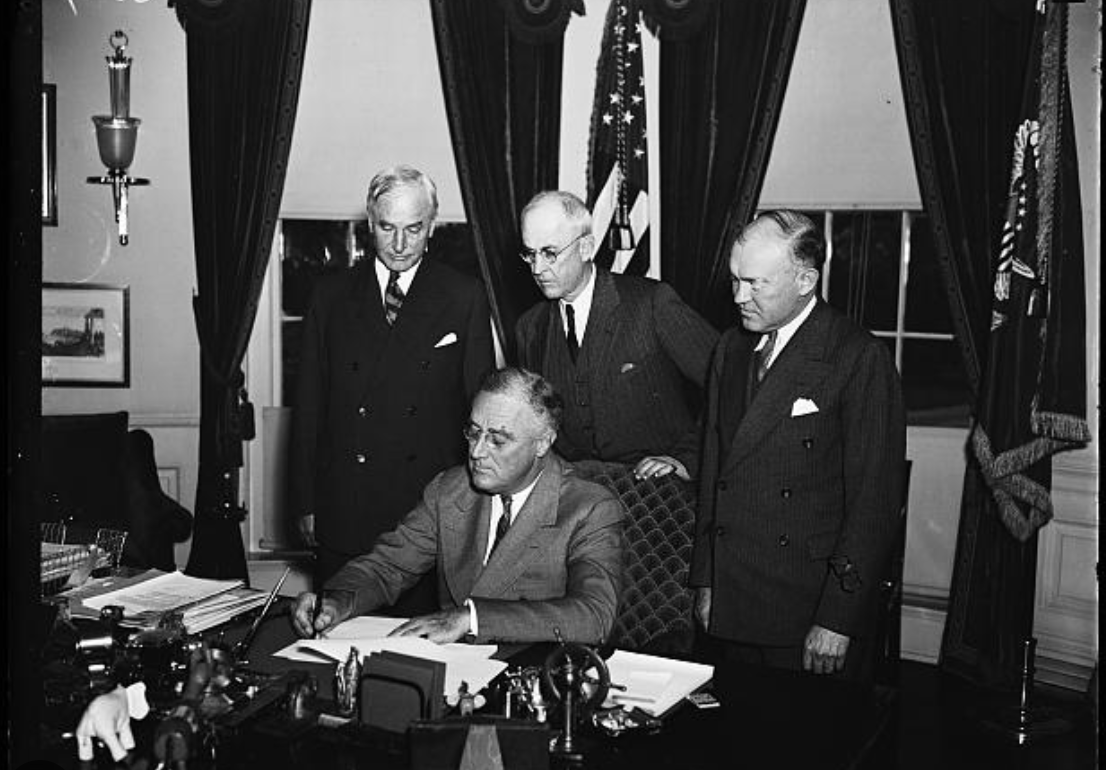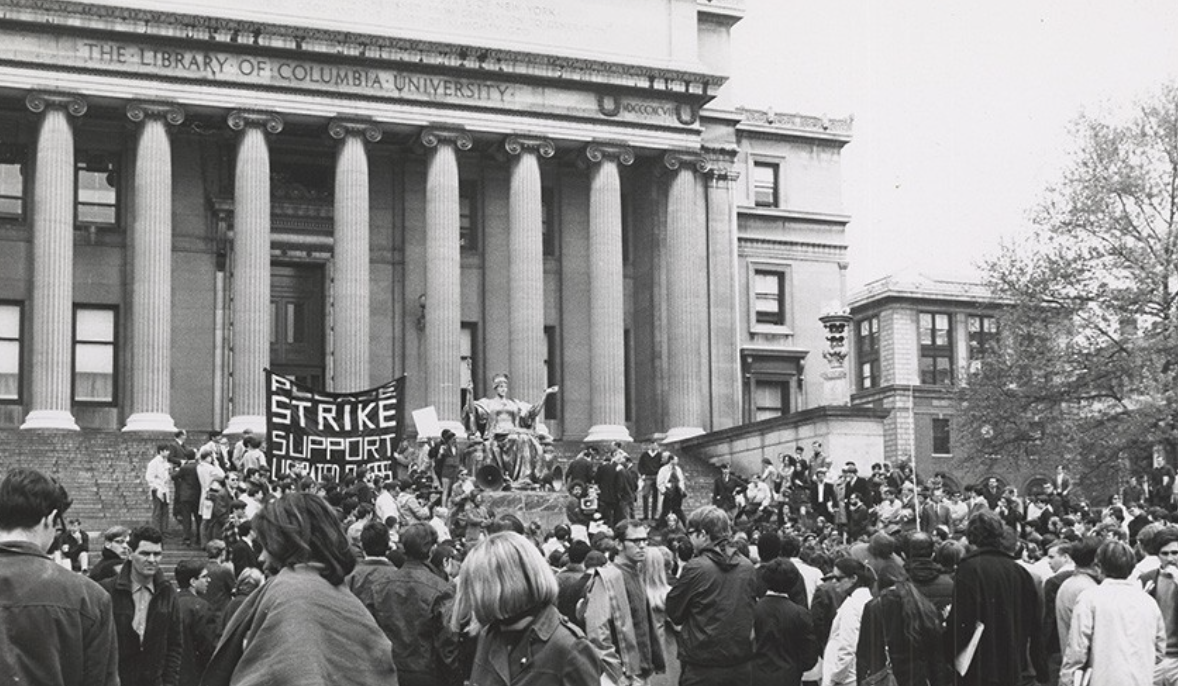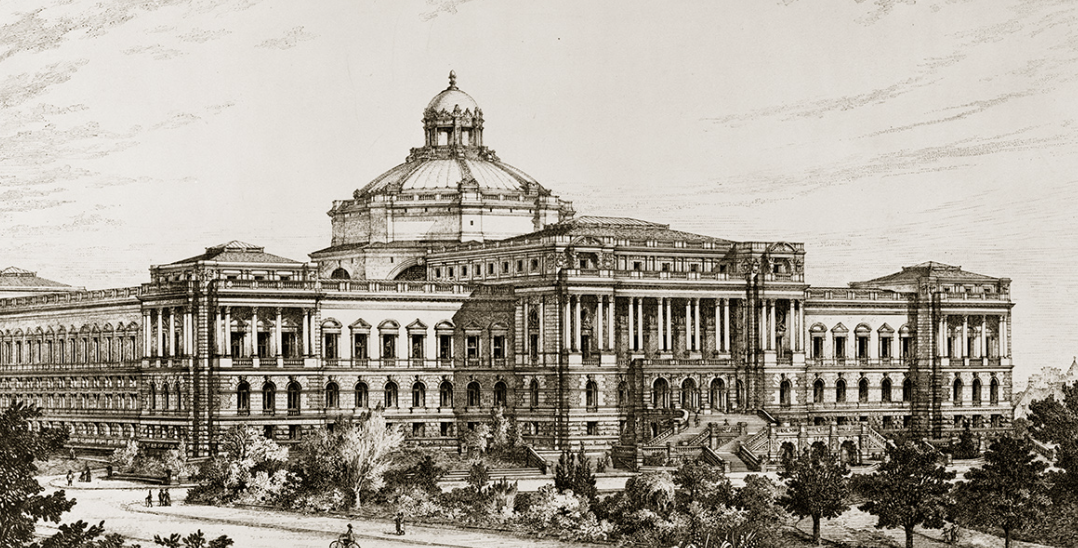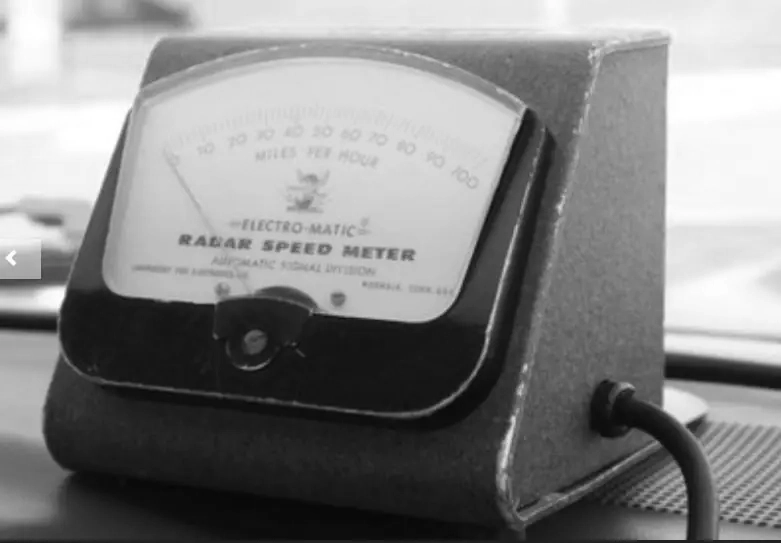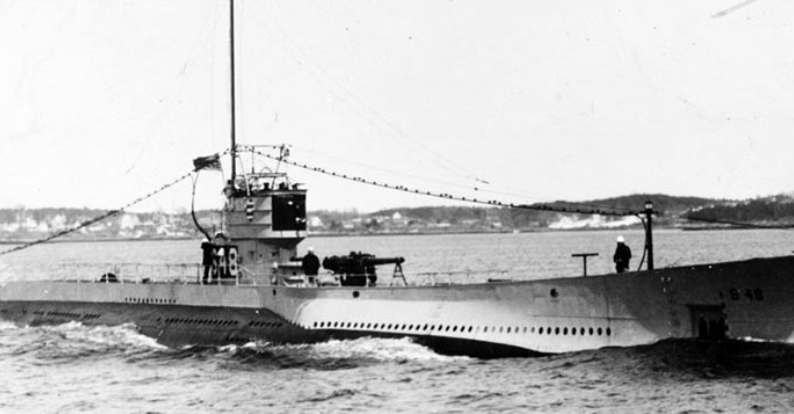On March 24th, 1934, U.S. President Franklin Roosevelt signed a bill granting future independence to the Philippines, a move that would have far-reaching consequences for both countries.
At the time, the Philippines had been a U.S. territory for over three decades, and the bill represented a significant step towards granting the country full sovereignty. The legislation provided for a ten-year transition period during which the U.S. would continue to exercise control over the Philippines while preparing the country for independence.
While the bill was hailed by many Filipinos as a major milestone in their quest for self-determination, it also sparked controversy and opposition both in the Philippines and the U.S. Some critics argued that the ten-year transition period was too long and that the U.S. should grant immediate independence. Others feared that the Philippines was not ready for self-rule and that granting independence would lead to instability and chaos.
Despite these concerns, the bill was ultimately passed and signed into law. Over the next decade, the U.S. worked to prepare the Philippines for independence, investing in infrastructure, education, and other areas to help build a strong and stable government.
On July 4th, 1946, the Philippines finally achieved full independence, marking the end of a long and often difficult journey. Today, the Philippines is a vibrant and thriving democracy, with a rich culture and a strong economy. The legacy of the bill signed by Franklin Roosevelt in 1934 continues to shape the relationship between the U.S. and the Philippines, reminding us of the importance of self-determination and the enduring bonds between our two countries.

